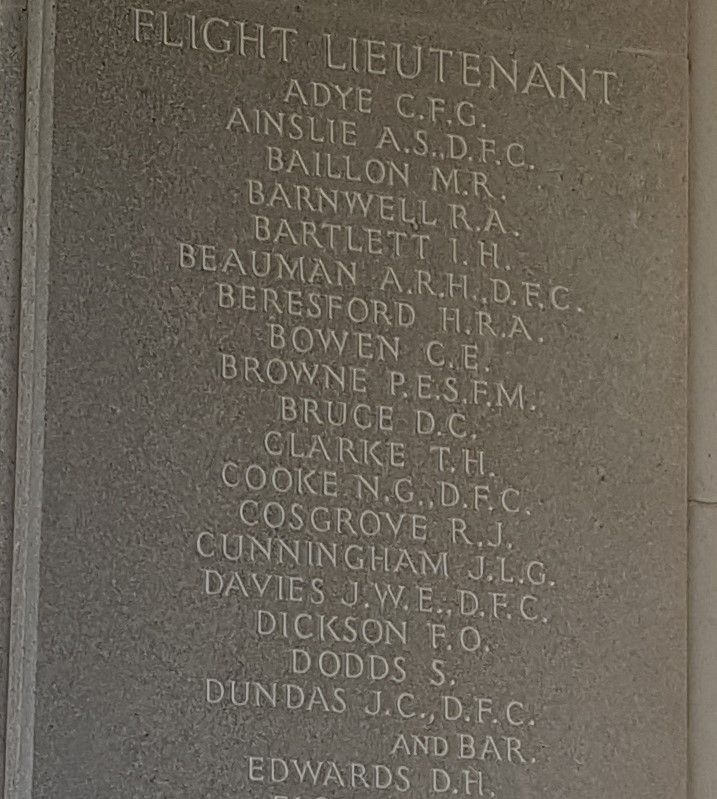James William Elias Davies was born in 1913 in Bernardsville, New Jersey. He was the son of David Ashley Davies and Catherine J. Davies, of Carmarthen. Although born in the United States, his family moved to Wales before the start of the war. As such, he appears in official records as being British.
James was a combat fighter pilot who was the first American-born airman to die in combat in World War II. He joined the Royal Air Force in 1936 and by 1939, was flying the Hawker Hurricane monoplane fighter with No. 79 Squadron RAF at RAF Biggin Hill. The squadron was soon in action after the outbreak of World War II, and by the end of June 1940, Davies had already claimed six German aircraft shot down and two shared to become a flying ace. He was Mentioned in Despatches for gallantry and devotion to duty in the execution of air operations in June 1940 and was due to be presented with the Distinguished Flying Cross (DFC) from the King on 27 June when he was sent as an escort to protect six aircraft on a reconnaissance mission to the French port of St Valery. The three Hurricanes were attacked by three Messerschmitt Bf 109s over the English Channel; one of the Hurricanes escaped and one pilot bailed out into the sea, but Davies was killed.
The citation for the award of his DFC was published in the London Gazette the day following his death, reading:
Awarded the Distinguished Flying Cross.
Acting Flight Lieutenant James William Elias DAVIES (37796).
This officer has shown ability as a leader of his squadron on many offensive patrols. On one occasion while attacking a Messerschmitt 109, he was himself attacked by six Heinkel 113's. He at once turned on the Heinkels destroying one and badly damaging a second before being compelled to break off the engagement owing to shortage of ammunition. The following day while leading a section of his squadron he sighted and attacked a large formation of Heinkel III's and shot one down in flames.
Source of information: en.wikipedia.org

